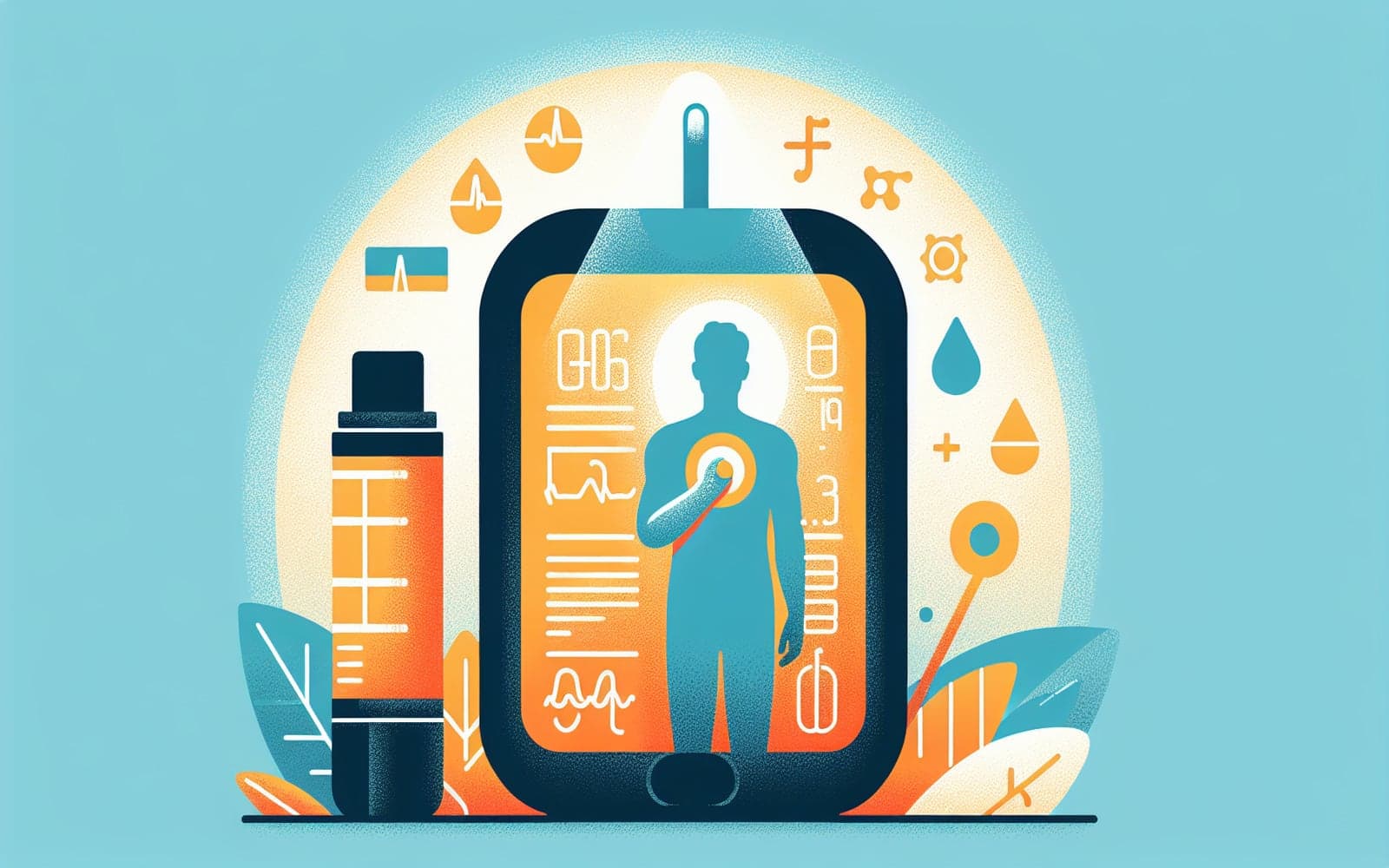How Continuous Glucose Monitors Are Changing Diabetes Management
Published: Jun 12, 2024
Continuous Glucose Monitors (CGMs) are revolutionizing how individuals with diabetes manage their condition. Learn how this technology provides real-time insights that can lead to better health outcomes.
Contents
What Are Continuous Glucose Monitors?
Continuous Glucose Monitors (CGMs) are wearable devices that track glucose levels throughout the day. They measure glucose in the interstitial fluid, providing updates every 5 to 15 minutes. This allows users to see patterns and trends in their glucose levels, helping them make informed decisions about diet and insulin management.
Benefits of Using a CGM
CGMs offer several benefits over traditional fingerstick methods. They provide a continuous stream of data, reducing the need for frequent finger pricks. Real-time alerts can warn users of low or high glucose levels, preventing dangerous situations. Users can share data with healthcare providers to optimize treatment plans.

Who Should Use a CGM?
CGMs are particularly beneficial for individuals with type 1 diabetes or those with type 2 diabetes on intensive insulin therapy. They are ideal for people who experience frequent hypoglycemia or have unawareness of low glucose levels. While CGMs can be costly, their benefits in managing diabetes effectively make them a worthwhile investment for many.
Frequently Asked Questions
A CGM is a device that continuously tracks glucose levels.
It updates every 5 to 15 minutes.
Individuals with type 1 diabetes or those with intensive insulin therapy.
Key Takeaways
CGMs provide invaluable insights for managing diabetes, but are they right for you?
Explore CGM options with Doctronic to find the best fit for your diabetes management.Related Articles
References
Benkhadra K, Alahdab F, Tamhane S, et al. Clin Endocrinol (Oxf) 2017; 86:354.
American Diabetes Association Professional Practice Committee. 7. Diabetes Technology: Standards of Care in Diabetes-2024. Diabetes Care 2024; 47:S126.
Always discuss health information with your healthcare provider.

